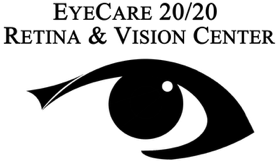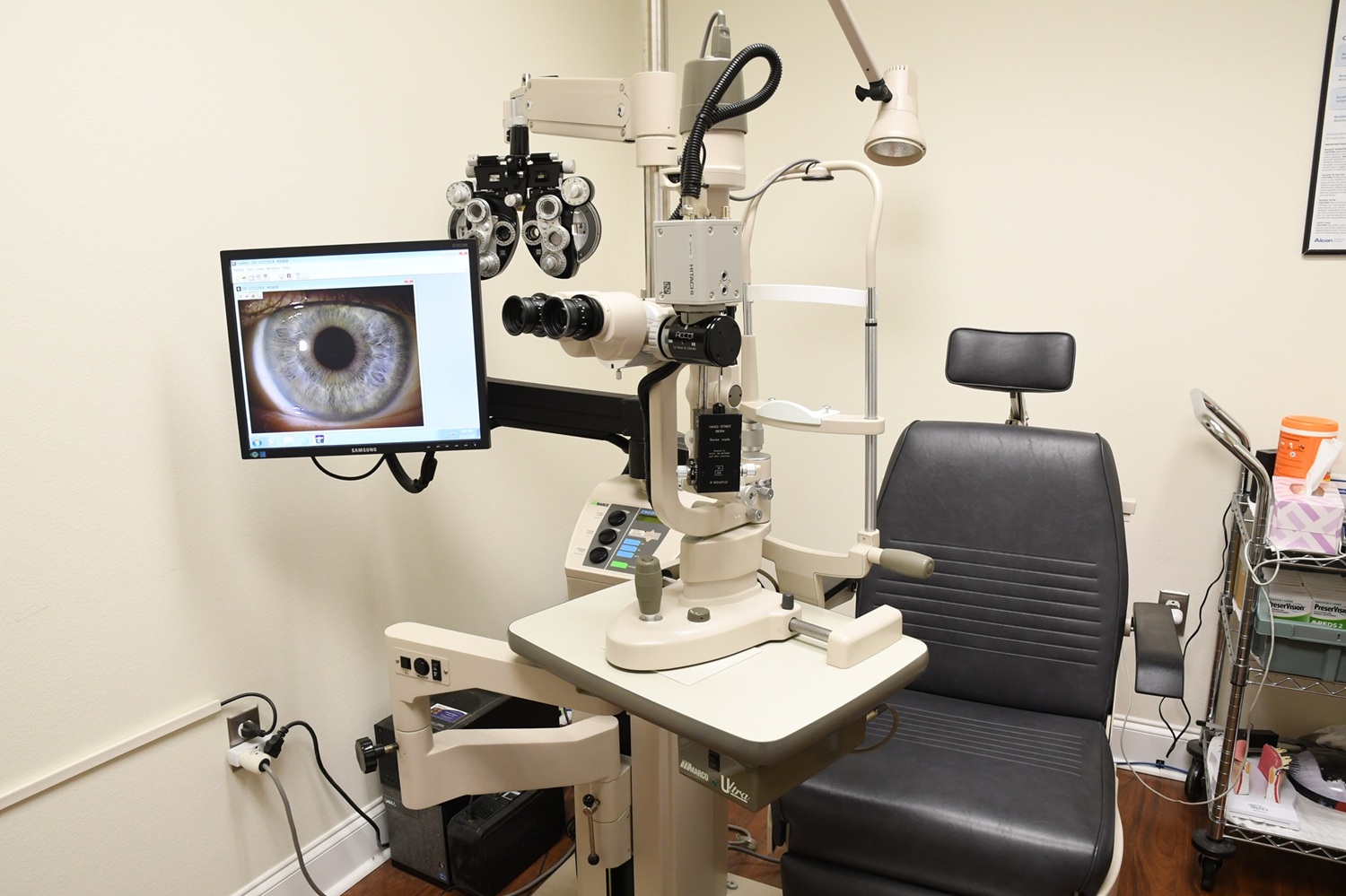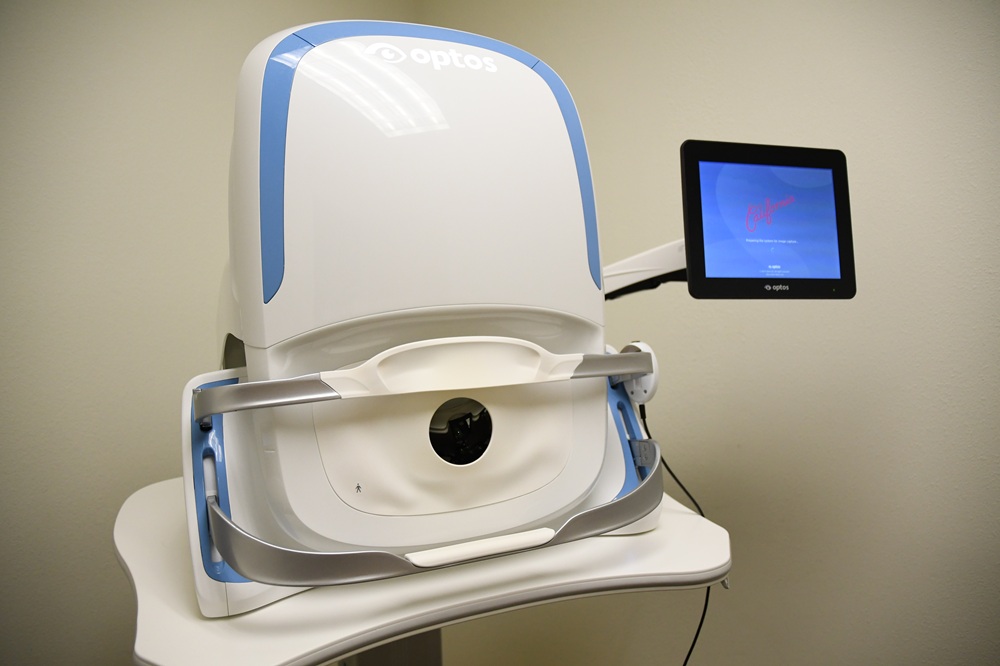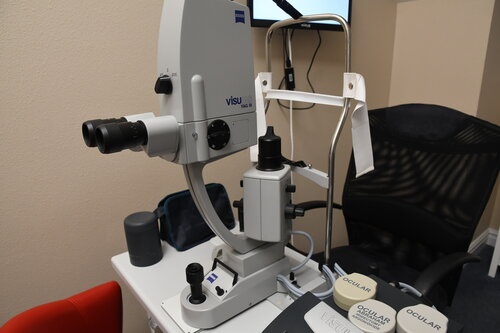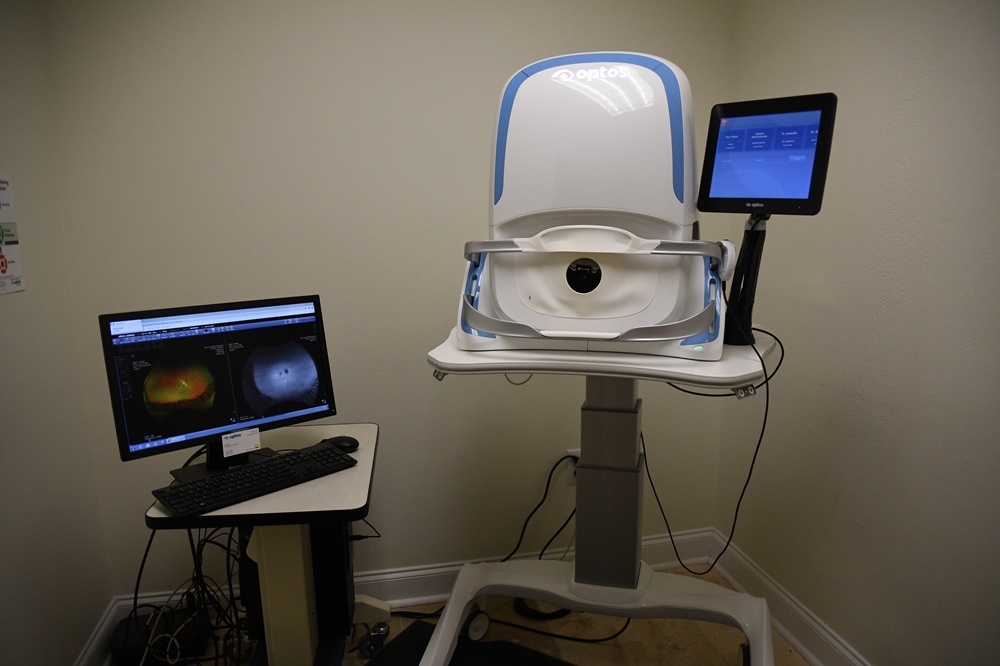Spectralis® Optical Coherence Tomography
Optical coherence tomography (OCT) is a non-contact medical imaging device that uses a laser-like light source to create highly detailed cross-sectional and 3D images of the eye. This type of imaging allows us to catch early signs of eye diseases before they are detectable with traditional testing methods. Retinal changes due to macular degeneration, diabetes, and retinal vein occlusions can be detected by this form of imaging. OCT is also crucial in evaluating the optic nerve and nerve fiber layer in the management of glaucoma and other optic neuropathies.
